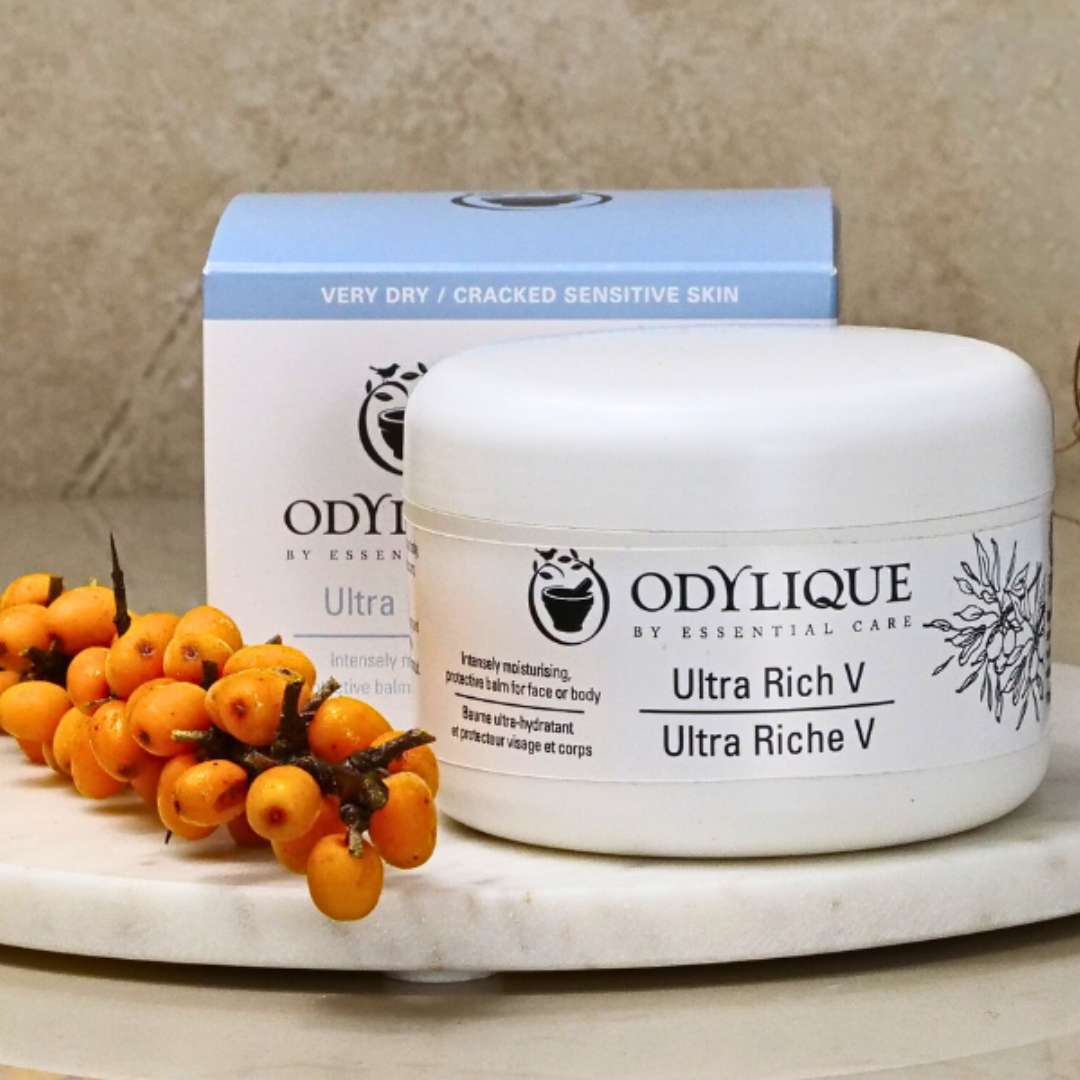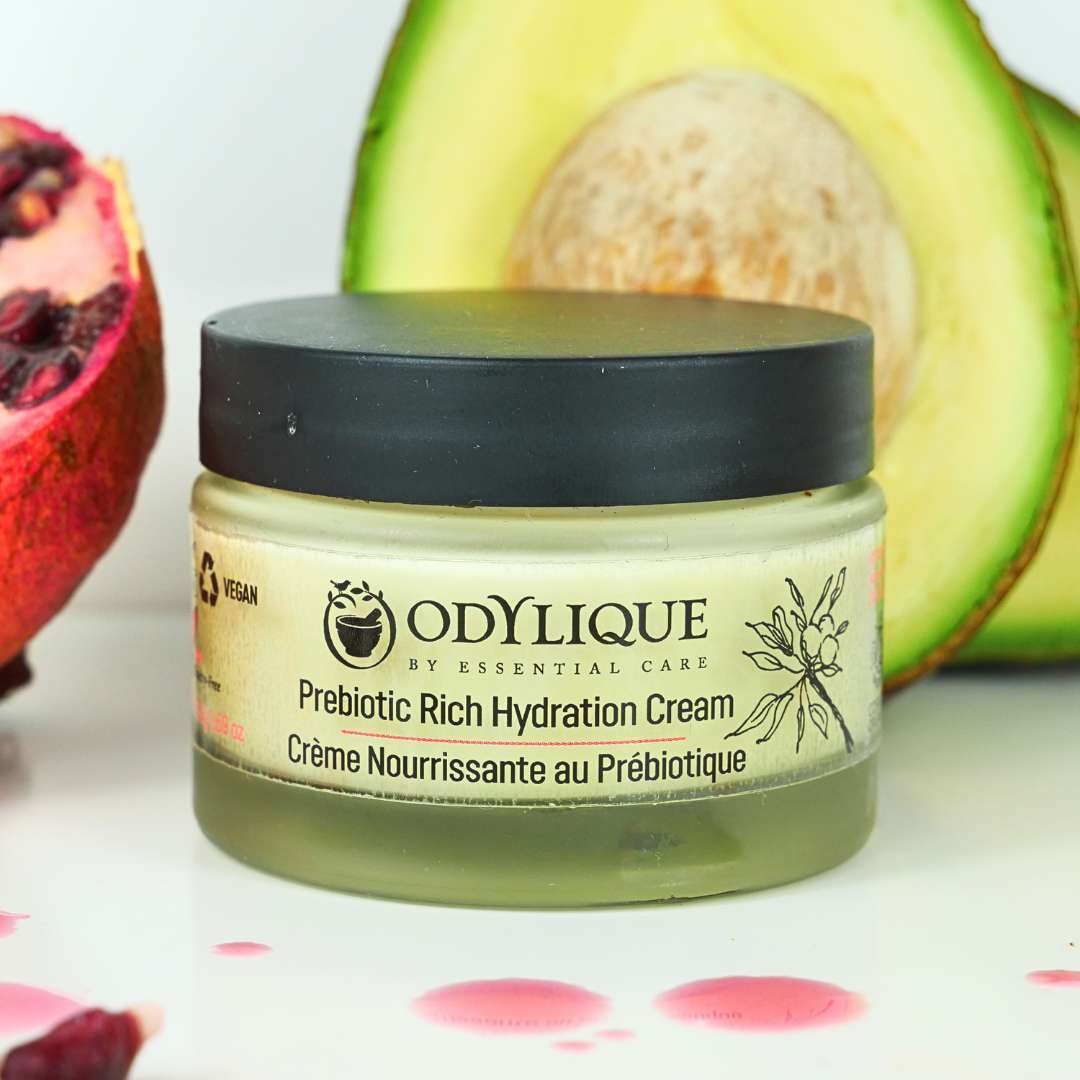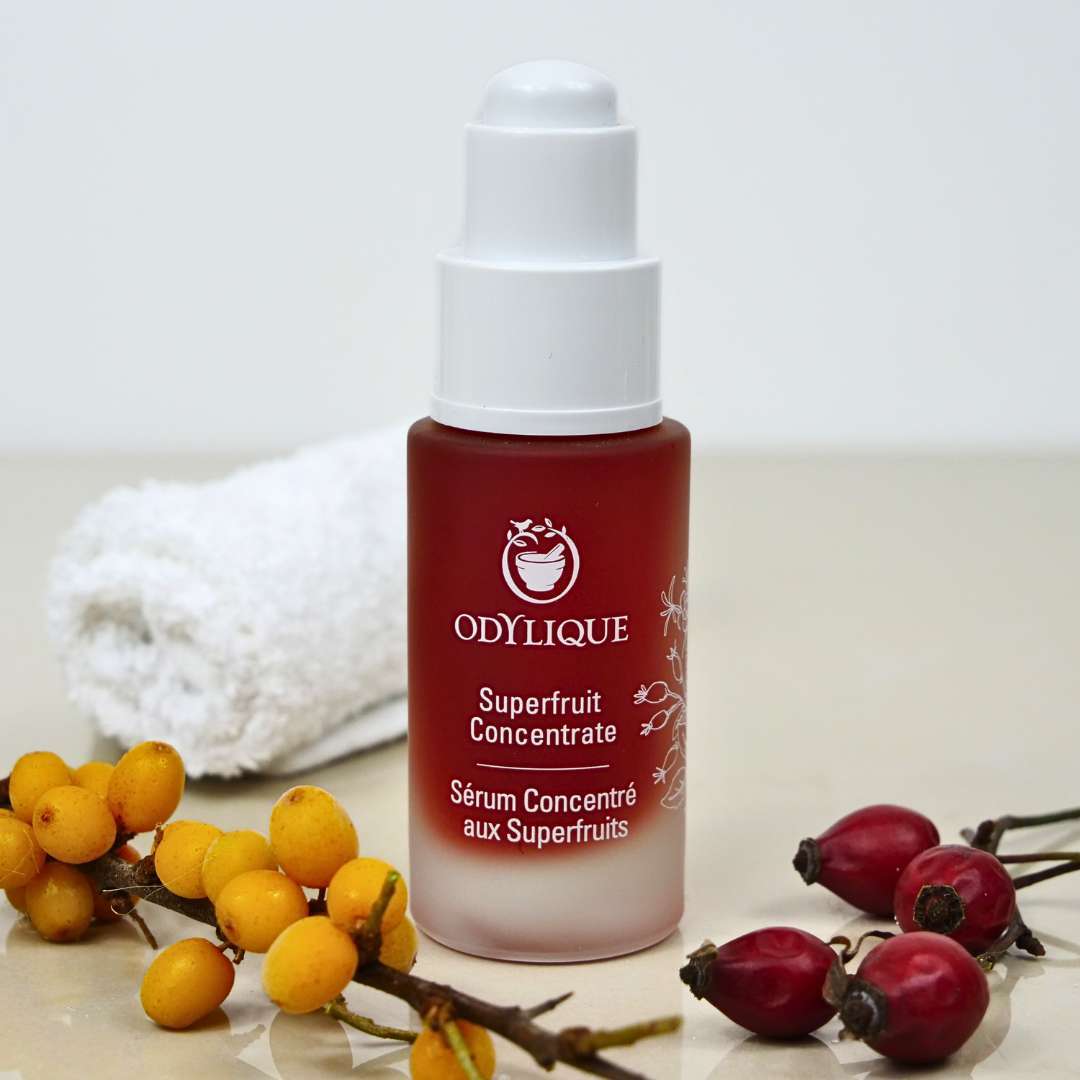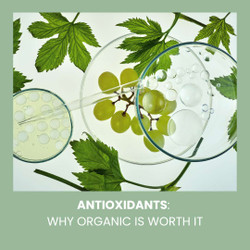Whatever your reasons for being an organic beauty fan, being kinder to the environment is probably up there on your priority list.
Organic farming is better for biodiversity, uses 45% less energy than non-organic farming methods and produces 40% less greenhouse gases than conventional farming techniques.
What’s not to like?!
But did you know that a high percentage of organic in your skincare is worth it for the beauty benefits too? That’s because the antioxidant content of organically grown plants is higher. We explain why, and why it matters…
Why Organic is Higher in Antioxidants
Over many years now, scientists have shown that when plants are grown by organic agriculture, they are more resilient. As they have to fight harder in life, crops develop a higher vitamin and mineral content than when grown intensively and sprayed with pesticides and herbicides.
A global review of over 300 studies found that the antioxidant content in organic crops was substantially (16 - 69%) higher vs non-organic. - A study* on French peaches even found polyphenol levels almost 5 times higher in organic compared to conventionally grown fruit.
Antioxidants’ Role in Skincare
That matters because antioxidants are vital for our skin - they neutralise the damaging effects of reactive molecules called ‘free radicals’. These are generated in our body by its essential use of oxygen and on the skin by exposure to sunlight and pollutants. Unchecked, free radicals cause a chain reaction of injury to the cells and tissues and, on the skin, results in sun damage, pigmentation and premature ageing.

What Are Antioxidants & Where do they Come From?
Antioxidants include vitamins C, E, carotenoids and polyphenols. The are found in abundance in brightly coloured fruit, vegetables, herbs and fresh, virgin cold-pressed oils. They play a very protective role in our diet, but also in our skincare.
That’s why at Odylique we use fresh, pure plant extracts in our skincare. Using superior cold-pressed virgin plant oils and active herbs extracted without heat conserves their precious antioxidants and other vital constituents. These potent antioxidants in their natural bio-available form offers valuable protection to the skin. And using organic extracts means we get the most antioxidant rich of all.

Examples of Antioxidant-Rich Extracts in Skincare
Our concentrated sea buckthorn, calendula and pomegranate extracts are some of the most vividly coloured ingredients we use. You can literally see the carotenoids like beta carotene (vitamin A) and other precious nutrients. They’re perhaps most visible in our Superfruit Concentrate – which also contains rosehip, another vividly coloured super-extract. They also give creams and balms like Ultra Rich, Repair Lotion, Rose Moisturiser and Prebiotic Rich Hydration Cream their golden or lemon-coloured hue. And you can also see the vibrant green of avocado and extra virgin olive oils' antioxidants in Avocado 24H Replenishing Cream.

Organic vs Natural Skincare
Environmental benefits apart, we believe the natural antioxidant skin benefits alone make it worthwhile to choose organic over conventional skincare and even over natural skincare (which contains plant extracts but not necessarily organic ones). But there are other benefits of organic too, particularly if you seek out certified organic:
1) The pesticide residue in organically grown ingredients is far lower.
2) Certified organic skincare is guaranteed to not contain ingredients that are considered harsh for humans, like MI, parabens or artificial fragrance.
So for the healthiest possible, nutrient rich skincare, it’s worth looking out for organic certification as well as a high percentage of organic ingredients.
*On-farm influence of production patterns on total polyphenol content in peach. Fauriel, J.; Bellon, S.; Plenet, D. and Amiot, M.- J. (2007) On-farm influence of production patterns on total polyphenol content in peach. Paper at: 3rd QLIF Congress: Improving Sustainability in Organic and Low Input Food Production Systems, University of Hohenheim, Germany, March 20-23, 2007.

